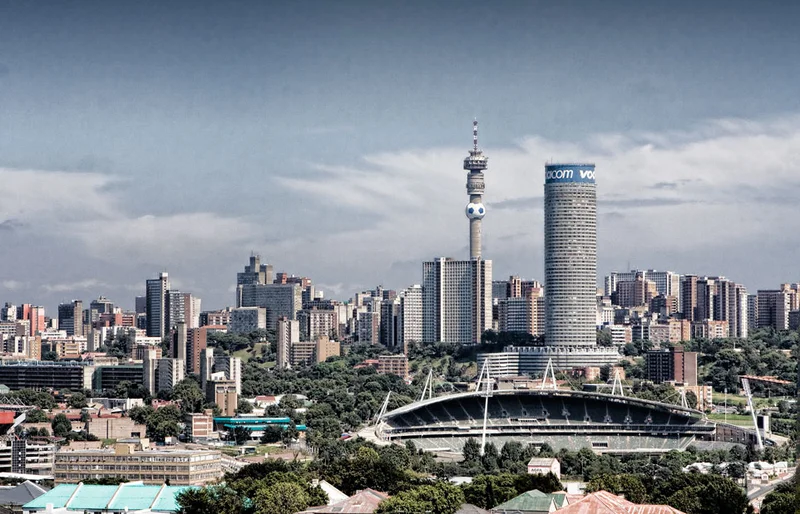Article Directory
The Inevitable Gauteng Storms: A Data-Driven Look at Impending Chaos
Gauteng, brace yourselves. The South African Weather Service (Saws) has issued a warning: severe thunderstorms are heading your way on Friday, November 7, 2025. This isn't just your run-of-the-mill rain; we're talking heavy downpours, localized flooding, small hail, damaging winds, and enough lightning to make Thor jealous. And if Thursday's weather is anything to go by—and it usually is—we're in for a rough ride.
Thursday saw Johannesburg hammered with severe thunderstorms and heavy rain. The result? Poor visibility and treacherous road conditions. Alberton, Bedfordview (that N3/Gilloolys interchange is always a nightmare), Crown Mines, Primrose, Krugersdorp, Buccleuch, and Sunninghill all reported flooding. The N3/Gilloolys interchange has a history of flooding. It seems like the drainage system can't cope with even moderate rainfall. This infrastructure vulnerability needs further investigation.
But Gauteng isn't alone. The SA Weather Service extended its warning to North West, Mpumalanga, Northern Cape, and Free State. Meanwhile, the Western Cape is dealing with a yellow-level 1 warning for damaging winds and a heatwave. Matzikama and Bergrivier Local Municipalities are facing particularly brutal conditions, expected to last until Sunday. It's a mixed bag of meteorological misery across the country.
Emergency Services on High Alert: A Reactive Approach?
Johannesburg emergency services are, unsurprisingly, on high alert. Joburg EMS spokesperson Robert Mulaudzi is urging caution. His advice: drive carefully, increase following distance, and, crucially, avoid crossing flooded roads and low-lying bridges. He's also pleading with residents in low-lying areas, especially informal settlements, to stay away from river streams. And, in a move that highlights a particular cultural challenge, Joburg EMS is asking faith organizations to refrain from baptisms and cleansing rituals in river streams. (This last point suggests a disconnect between official warnings and community practices.) Joburg EMS urges motorists to exercise caution following severe weather warning - EWN

While Mulaudzi's warnings are sensible, they're also reactive. Where's the proactive mitigation? Are resources being strategically pre-positioned in vulnerable areas? Are early warning systems effectively reaching the most at-risk populations? The announcement lacks quantifiable preparedness metrics. How many rescue teams are deployed? What is the capacity of temporary shelters? These are the questions that need answers.
A recent report projects a 37% global increase in natural disasters by 2025. This paints a grim picture. If this figure is accurate—and that's a big "if," given the complexities of climate modeling—then we can expect more frequent and more intense weather events. The 37% increase figure is global, but what are the regional projections for South Africa? What specific factors contribute to this increased risk in Gauteng?
And this is the part that I find genuinely puzzling. If natural disasters are increasing at an alarming rate, why does there seem to be such a lack of concrete preventative action? Why are emergency services always playing catch-up? Is it a lack of resources, a failure of planning, or a combination of both? The current approach feels like treating the symptoms rather than addressing the underlying disease.
Data Suggests: Prepare for the Worst, Hope for Marginal Improvement
The forecast is bleak, and the response, while necessary, feels inadequate. The lack of proactive measures is concerning. The reliance on reactive warnings suggests a system struggling to cope with the increasing frequency and intensity of extreme weather events. The data points to a future where these events become the norm, not the exception. We need a shift from reactive crisis management to proactive risk mitigation. The time to act is now, before the storm hits.
The Numbers Don't Lie
The storm is coming, and hoping for the best isn't a strategy.
